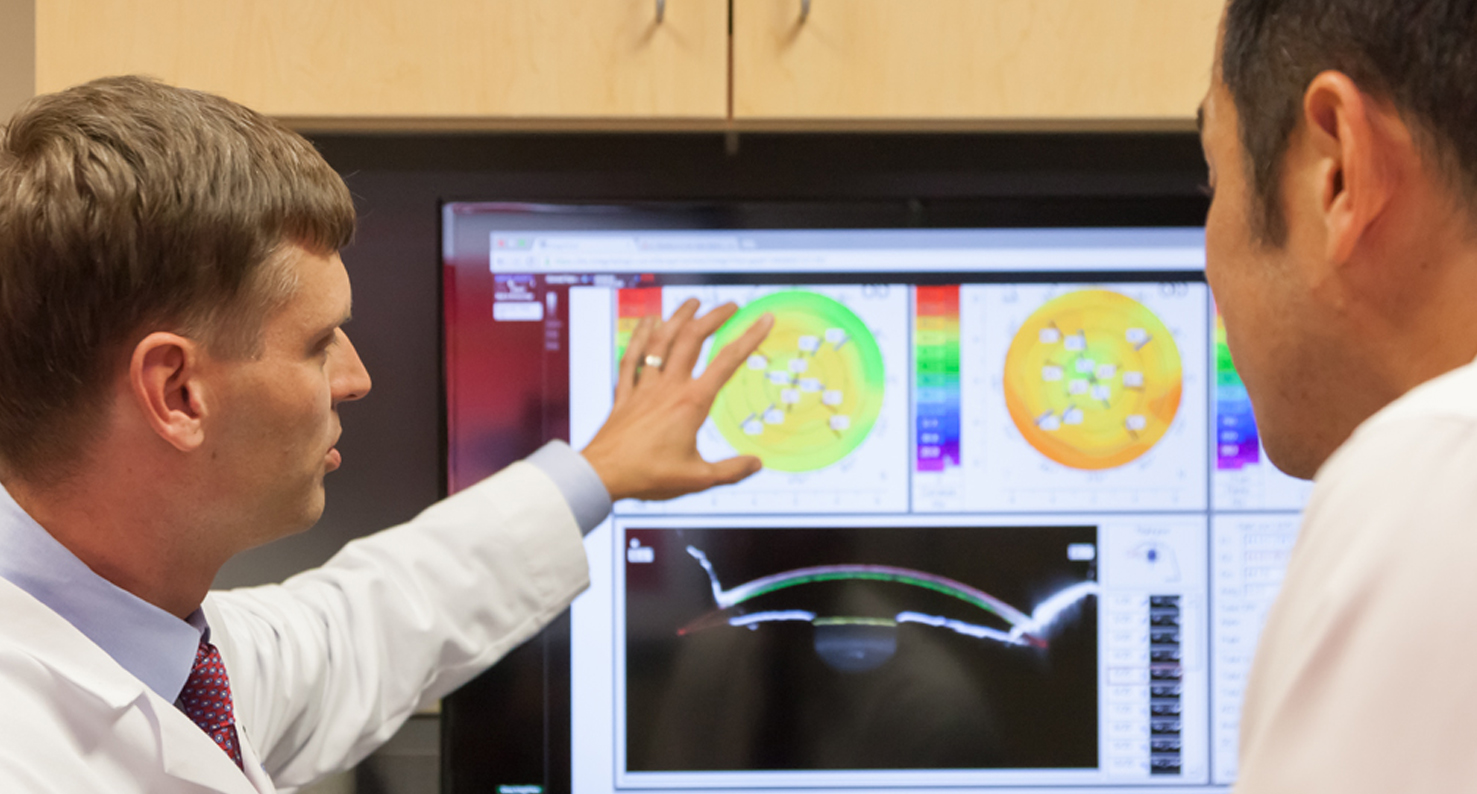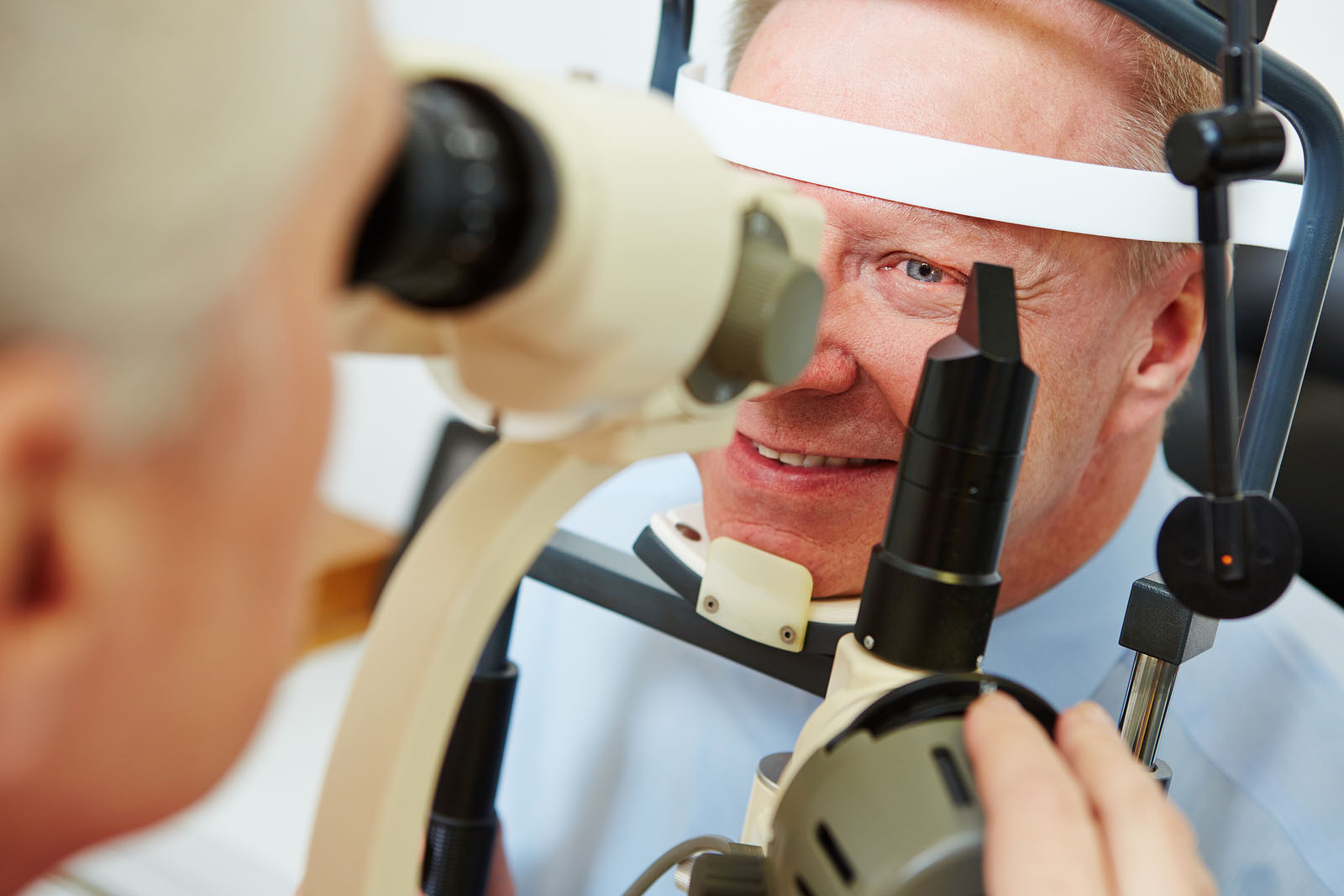Eye
Exercises

A doctor may prescribe eye exercises if you have:
- Trouble focusing your eyes to read
- One eye that drifts outward or inward
- Had surgery and need to strengthen muscle control
- Strabismus, or crossed eyes
- Amblyopia, or ''lazy eye''
- Double vision
- Binocular vision problems (poor 3D vision)
When Should I Try Them?
Doctors may recommend eye exercises for conditions involving how the eyes work together, such as convergence insufficiency, that may cause problems such as:
- Blurred vision
- Eyestrain
- Increased light sensitivity
They won’t help if you:
- Have dyslexia
- Blink a lot
- Squint
- Have eye spasms
Have a paralyzed eye muscle
The doctor may give your child exercises to do if he has lazy eye, a loss of vision in one eye because he uses the other more. The condition usually starts in childhood. First your child will get eyeglasses, if he needs them. Then the doctor will put a patch over his good eye, or use eye drops to blur vision in it, so he has to rely more on the lazy eye. Vision therapy exercises can also force the brain to see through the weaker eye, which helps restore vision.
What Do They Involve?
They’re designed to strengthen your eye muscles, help you focus, ease eye movements, and stimulate your brain’s vision center. As you do them and progress to new ones, you’ll learn how to control your eye muscles and see properly.
What you do will be unique for you, based on your age and other eye problems. You might be asked to:
- Change focus from near to far and back again.
- Cover one eye and look at different objects.
- Concentrate on a solitary object.
- Follow a pattern to build vision muscles.
NEXT IN EYE BASICS
Related Post

What Your Eye Symptoms May Mean
Tiny blood vessels in your eye may expand or burst when they get irritated or infected.

A Visual Guide to Glaucoma
It's a condition that can damage your optic nerve, usually because of too much pressure in your eye.



